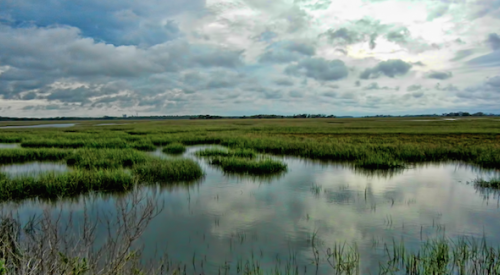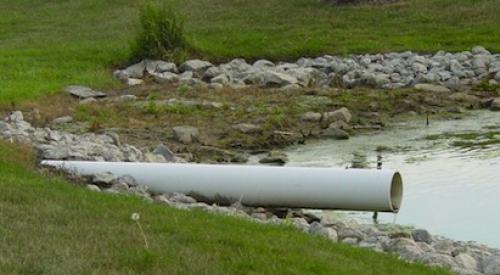| NAHB President Gary Garczynski
|
The way that critical habitat for endangered species is designated by federal agencies could change significantly as a result of the NAHB’s ongoing efforts in the regulatory arena.
In a recent proposed settlement of litigation that the NAHB filed two years ago, the National Marine Fisheries Service agreed to rescind its critical-habitat designation for 19 West Coast sal-mon and steelhead populations and to craft a new designation based on sound science and an analysis of the economic im-pacts of designating land as critical habitat. As part of the settlement, the NAHB agreed to dismiss its Endangered Species Act suit against the federal agency.
The designation the NAHB challenged encompasses a region spanning 150 watersheds, river segments, bays and estuaries in Washington, Oregon, California and Idaho. In the lawsuit, the NAHB and 16 other groups as-serted that the areas designated as critical habitat by the NMFS are “excessive, unduly vague, not justified as essential to conserve the listed species and not based upon a required analysis of economic impacts.”
The proposed settlement is a step in the right direction, and we applaud the government. The NAHB believes that environmental protection of any species should be based on law, sound science and economic impact. This settlement brings that ideal closer to reality.












